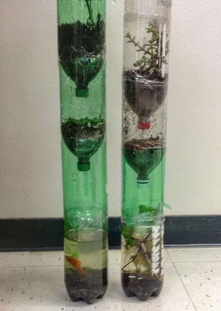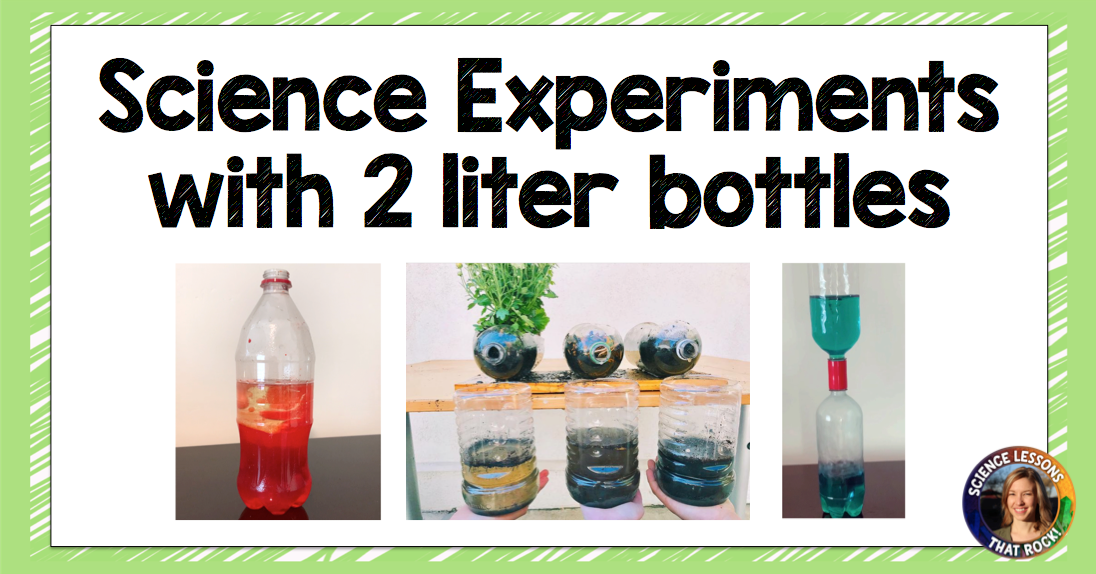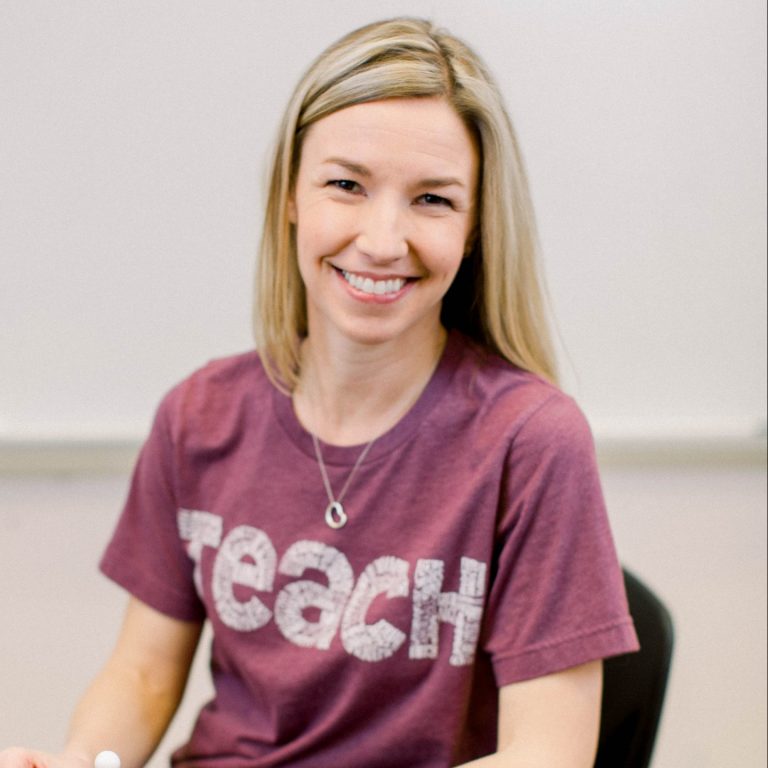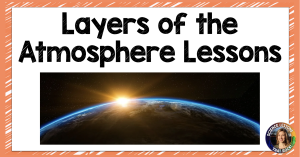2 liter bottles are one of the most versatile lab supplies you can get your hands on. There are SO MANY ways to use them! While I’m a soda drinker, I prefer cans, so I ask students to bring them in if they have any at home. Here is a (growing) list of experiments that all use 2L bottles. If you have more ideas to share, please leave me a comment!

1. Lava Lamp: Build your own lava lamp! Fill a bottle 1/3 of the way full with water and a couple drops of food coloring. Fill another third of the bottle with vegetable oil. Drop in an alka seltzer tablet and enjoy the show!
2. Density Column: Teaching density? See how many different layers you can create inside the 2L bottle. Some great liquid options are water, karo syrup, vegetable oil, rubbing alcohol, and soap.
3. Cloud in a bottle: Check out this video clip on how you can create a cloud in a bottle.

4. Tornado Machine: There are two ways to do this- first you can purchase a tornado tube connector (I got the pictured connector from
Steve Spangler Science), connect two bottles together, and give it a swirl. Another option is to use one bottle. Fill it with water, a small amount of vinegar, and a drop or two of soap. Give it a small shake, swirl it around, and watch a soapy vortex form inside.
5. Climate Demo: Why are the high and low temperatuers in coastal cities close together while inland cities see much greater temperature fluctuations throughout the day? Answer: It’s a lot harder to change the temperature of water than it is to change the temperature of air. Get two 2L bottles and fill one with water while leaving the second bottle empty. Place a thermometer into the opening and secure it with a rubber stopper (or play-doh if you don’t have a stopper). Shine a heat lamp on both bottles and compare the temperature changes.
6. Rocket: Build a water bottle rocket! Here are directions from NASA.

7. Balloon in a bottle: Does air have volume (does it take up space?) Have students try and blow up a balloon in a bottle. Bet they can’t! (You can poke a hole in the bottom or add a straw to show how if air can exit, the balloon will expand).
8. Instant Ice: Can you turn a bottle of liquid water into frozen ice within seconds? Wach how here! (Note: I’ve never tried this with a 2L size but know it works well with smaller bottles).

9. Soil Erosion: Show students the impact of plants and sediment type on erosion. Bottle 1 contains soil and plants, bottle 2 contains woodchips, and bottle 3 contains soil. Add water and compare the amount that filters through and clarity. (Photo credit @Inspirelifelonglearning).
10. Atmosphere Model: What is the most abundant gas in the atmosphere? How much oxygen is actually up there? Grab a 2L bottle and some foam beads from the dollar store and build a model.

11. Mentos + Coke: This is always a student favorite. Put some mentos into a 2L bottle of coke and watch for the geyser! I found this screw-on contraption in Target dollar spot. Tip: Using diet soda has easier cleanup- no sticky sugar residue!
12. Composting: Build a micro-composter in a bottle! Pepsi has a free lesson plan here.
13. Lung Model: Build a model of a lung and show students how the diaphragm helps lungs expand and contract. You can find directions here.

14. Kinetic Theory: How can we show students hot air molecules move faster than cold air molecules? Get a bottle (smaller actually works better here) and place a balloon over the opening. Next, get 2 bowls of water. Fill one bowl with ice water and the second bowl with hot water. Place the bottom of the bottle in the bowl of cold water and watch the balloon…. do nothing. Now place it in the bowl of hot water and watch the balloon expand. As the air inside the balloon gets warmed it moves faster, expands, and pushes on the balloon.
15. Cartesian Diver: Get a 2L bottle and fill it with water. Place an eyedropper inside the bottle that is 1/4 of the way full and screw on the lid. (Don’t have an eyedropper? Use a ketchup packet instead. You want the ketchup packet to float, but just barely). Squeeze the bottle and watch the eyedropper sink. As you increase the pressure on the bottle you’ll see water go up into the eyedropper, making it sink.

16. Eco Column: Build a three chamber eco-column with multiple bottles.
This website has multiple blog posts on how to assemble them and troubleshooting tips. (Photo credit @lonniesplanet)
17. Funnel: Even after you’ve finished using a bottle for one of the experiments listed above, cut off the top and save it for a lab that requires a funnel!
Any other uses you know of? Drop me a comment!















